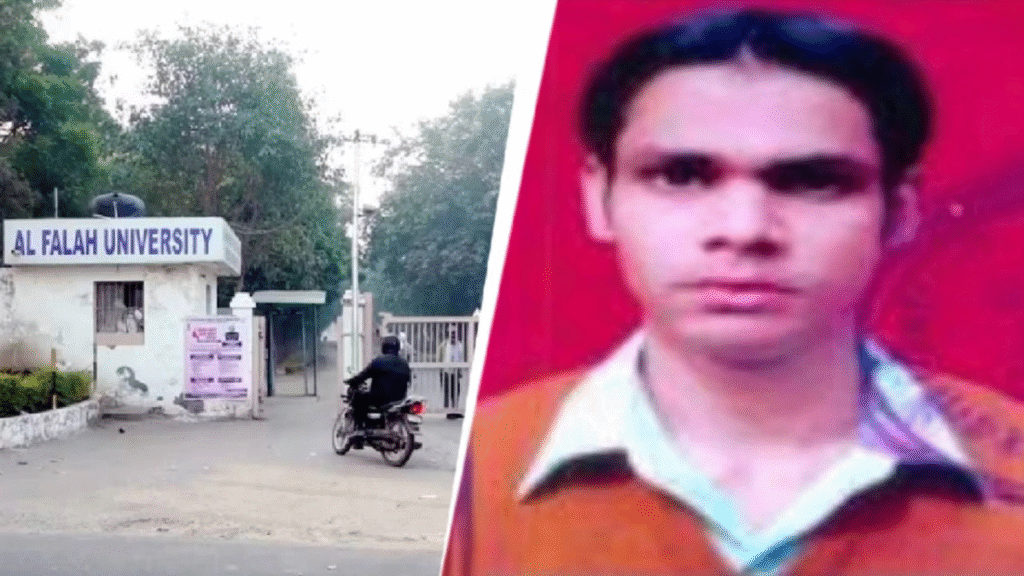Now Reading: Powerful Earthquake Rocks Bangladesh, Claims Six Lives; Tremors Jolt Kolkata
-
01
Powerful Earthquake Rocks Bangladesh, Claims Six Lives; Tremors Jolt Kolkata
Powerful Earthquake Rocks Bangladesh, Claims Six Lives; Tremors Jolt Kolkata

November 21, 2025: A strong earthquake struck central Bangladesh on Friday morning, resulting in the tragic deaths of at least six people and causing widespread panic across the capital, Dhaka. The tremors from the powerful seismic event were also distinctly felt across the border in parts of eastern India, notably in Kolkata and the Northeast region.
Fatalities and Epicenter
The earthquake, variously reported to be between magnitude 5.5 and 5.7, struck at approximately 10:38 am local time. The United States Geological Survey (USGS) placed the epicenter in the Ghorashal area of Narsingdi district, situated about 25 kilometers (16 miles) from the densely populated capital, Dhaka. The earthquake was a shallow one, with a depth recorded at approximately 10 kilometers (6 miles), a factor that often contributes to more intense surface shaking.
The confirmed fatalities, all reported in Dhaka, were largely caused by structural failures. Local news outlets cited that three people were killed due to the collapse of a building roof and wall, while three other pedestrians were struck by falling railings from a multi-story building. Dozens more sustained injuries in the ensuing chaos, primarily while rushing out of homes, offices, and high-rises.
Chaos in Dhaka and Structural Damage
Dhaka residents described scenes of profound fear as buildings swayed violently. Witnesses quoted in media reports recounted that structures were “shaking like trees,” leading to crowded staircases as people scrambled to evacuate. The tremors caused makeshift structures to collapse and debris from buildings under construction to fall, exacerbating the danger in the city, which is known for its extremely high population density. Emergency teams and authorities immediately initiated damage assessment and monitoring for potential aftershocks across the capital.
Tremors Felt Across the Border
The impact of the earthquake was not limited to Bangladesh. Strong tremors were felt hundreds of kilometers away in the Indian state of West Bengal, particularly in its capital, Kolkata. Residents in Kolkata reported feeling a noticeable shaking that lasted for several seconds, prompting many to evacuate buildings and gather in open areas as a precautionary measure. Similar reports of tremors also came in from various parts of the Indian Northeast, including Guwahati, Agartala, and Shillong. However, initial reports from Indian disaster management authorities indicated no major casualties or significant structural damage within the country.
Seismic Context
The earthquake highlights the ongoing seismic vulnerability of the region. Bangladesh sits at the junction of the Indian, Eurasian, and Burma tectonic plates, which are constantly moving and interacting. While the northern and southeastern parts of the country are more commonly recognized as active seismic zones, this particular quake struck in the central region, which is typically considered less active. Shallow earthquakes in the region can produce stronger ground motion, and experts continue to stress the need for robust, earthquake-resistant infrastructure in vulnerable, densely populated urban centres like Dhaka.
In the immediate aftermath, officials in Bangladesh, including the head of the interim government, have urged the public to remain calm, avoid the spread of misinformation, and rely solely on official channels for updates and safety instructions as assessment efforts continue.










